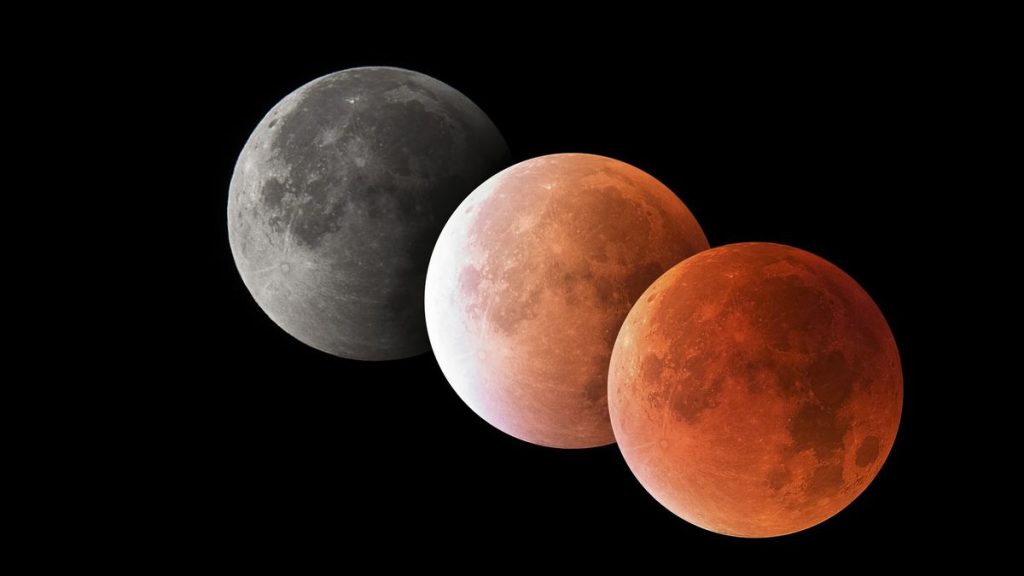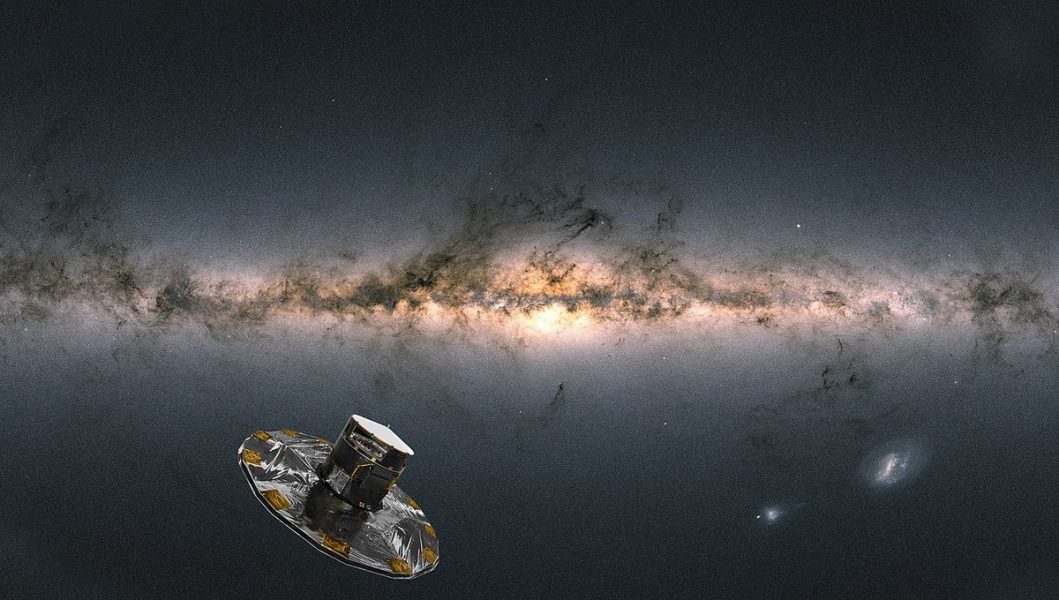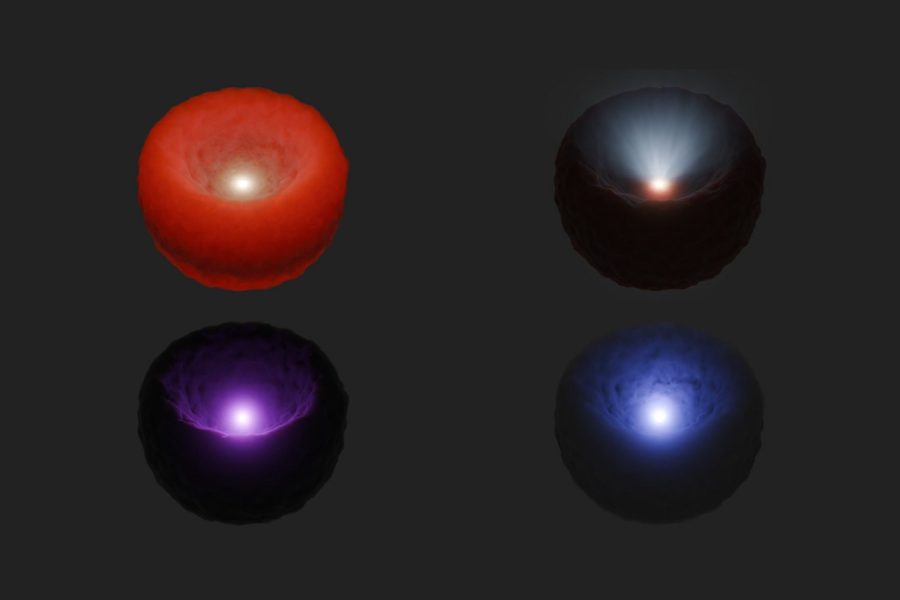Total lunar eclipse March 2025: When and where to see the next ‘Blood Moon’ lunar eclipse – Space.com

1032839114
A total lunar eclipse will be seen across North America on the night of March 13-14, 2025, while parts of Europe will get a brief view.
When you purchase through links on our site, we may earn an affiliate commission. Here’s how it works.
On the night of March 13-14, 2025, a total lunar eclipse will be visible from Earth, and North America will be in the prime position for the spectacular event, which will also feature a “Blood Moon.”Lunar eclipses happen when Earth is between the sun and a full moon. During the event, the moon moves through Earth’s umbra, the dark center of its shadow.The best views will be for those in North and South America. According to Time and Date, only 13% of the world’s population — just over a billion people — will be in the path of the total lunar eclipse, which will be visible only under clear skies.The March 13-14, 2025, event will be the first total lunar eclipse anywhere in the world since November 2022 and the first of three in 2025 and 2026. During the March 2025 total lunar eclipse, the full “Worm Moon” will rise and, later that night, drift into Earth’s umbral shadow. As it does, the full moon will dim and gradually turn reddish-orange. The all-important totality — when 100% of the lunar surface is draped in orange-red light — will last 65 minutes.This total lunar eclipse will occur three days before the moon reaches apogee — its farthest point from Earth on its slightly elliptical orbit — making it appear slightly smaller than average.Lunar eclipses are global events that occur at the same time for everyone. This one will happen between 03:57 and 10:00 UTC on Friday, March 14, 2025, with the spectacular 65-minute-long totality — when the entire lunar surface will be reddish — happening between 06:26 and 07:31 UTC. That translates to the following local times in North America:These are the times for totality only. However, it’s worth looking at the moon 75 minutes before these times to see the edge of Earth’s shadow inch across the lunar surface during the partial phases (and vice versa after totality).In Europe, only those in Ireland, Portugal, the western regions of the U.K., western and central Spain, and northwestern France will see anything of totality. However, a partial lunar eclipse will be visible from other parts of Western Europe, as well as from Central Europe, just before the moon sets.From far Western Europe, the partial lunar eclipse phase preceding totality will be most of the main event. The moon will be gradually covered by Earth’s shadow for over 75 minutes, with the moon becoming totally eclipsed just a few minutes before the moon sets in the west on Friday, March 14. Here’s when totality begins from time zones in Europe:Here are the dates and locations for the next total lunar eclipses:There will also be a near-total lunar eclipse on Aug. 27-28, 2026, during which Earth’s shadow will cover 93% of the lunar surface. That partial lunar eclipse will be visible from parts of Europe, western Asia, Africa, North America, South America, the Pacific Ocean, the Atlantic Ocean, the Indian Ocean and Antarctica.Want to look further ahead? You can find a concise summary of lunar eclipses out to 2030 on NASA’s lunar eclipse website. Read more about solar and lunar eclipses on EclipseWise.com, a website dedicated to eclipse predictions. You can find climate and weather predictions by meteorologist Jay Anderson on eclipsophile.com.Join our Space Forums to keep talking space on the latest missions, night sky and more! And if you have a news tip, correction or comment, let us know at: community@space.com.Breaking space news, the latest updates on rocket launches, skywatching events and more!Jamie is an experienced science, technology and travel journalist and stargazer who writes about exploring the night sky, solar and lunar eclipses, moon-gazing, astro-travel, astronomy and space exploration. He is the editor of WhenIsTheNextEclipse.com and author of A Stargazing Program For Beginners, and is a senior contributor at Forbes. His special skill is turning tech-babble into plain English.Ruko U11MINI drone reviewHow to see a ‘planet parade’ of 4 bright planets in January’s night sky (video)The 2025 ‘Super Bowl of Astronomy’ kicks off this week in MarylandSpace is part of Future US Inc, an international media group and leading digital publisher. Visit our corporate site.©
Future US, Inc. Full 7th Floor, 130 West 42nd Street,
New York,
NY 10036.





